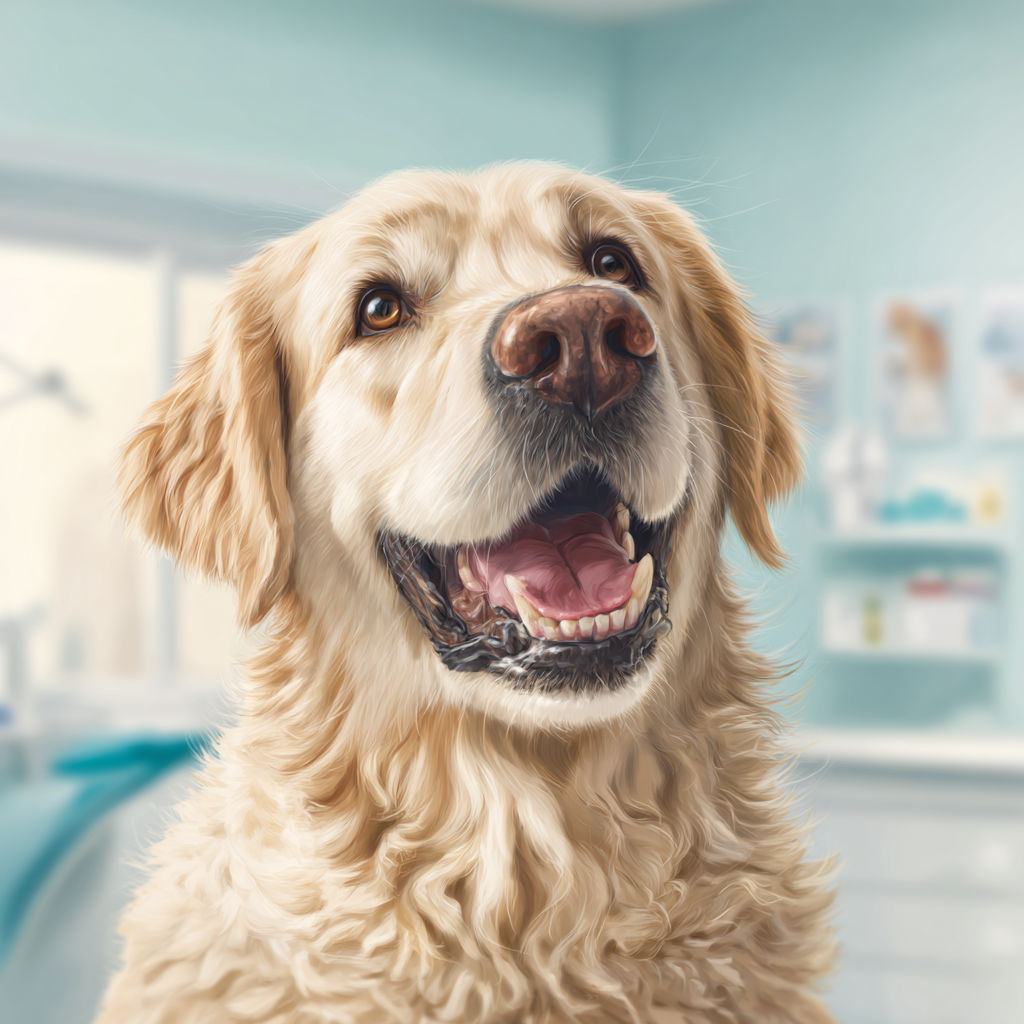Understanding Oral Tumors in Dogs: Early Signs, Diagnosis, and Prevention
If you’ve ever noticed your dog pawing at their mouth, bad breath that won’t go away, or difficulty eating, these could be early signs of oral tumors in dogs 🐶. Did you know that around 10% of dogs develop oral tumors during their lifetime? Sadly, about 80% of these tumors are malignant, including melanoma and squamous cell carcinoma, which constitute 80% of canine oral cancers. The median age for diagnosis is typically between 10 and 12 years, with brachycephalic breeds like Pugs and Boxers being more prone to these tumors. Recognizing the symptoms early can make a significant difference in treatment outcomes and survival rates. This article explores the symptoms, methods for diagnosis, and steps you can take to prevent dog mouth cancer, ensuring your furry friend stays healthy and happy.
What Are the Early Signs of Dog Oral Tumors?
Understanding the dog tumor symptoms is crucial for early intervention. Common early signs of oral cancer in dogs include bleeding from the mouth, persistent bad breath, difficulty eating or swallowing, and unexplained weight loss. Some dogs may also show swelling around the jaw or gums, excessive pawing at their mouth, or changes in behavior due to pain or discomfort. Recognizing dog gum cancer symptoms in the initial stages can lead to timely veterinary consultations and better prognosis. Pay close attention if your dog exhibits any of these signs, especially in older breeds or brachycephalic dogs, which are more susceptible.
Diagnosis of Dog Mouth Cancer
Accurate dog oral tumor diagnosis involves a combination of physical examination, biopsy, and imaging tests like X-rays or CT scans. During a vet visit, your veterinarian will examine your dog’s mouth thoroughly, looking for abnormal growths or swelling. A biopsy will determine if the tumor is malignant or benign, guiding treatment plans. Imaging helps assess the extent of tumor spread and is essential for staging the disease. Early detection of dog oral cancer not only improves treatment options but also significantly impacts survival rates. For example, the five-year survival rate ranges from 20-30% for melanoma and 30-50% for squamous cell carcinoma. Regular checkups can help identify potential issues before they become life-threatening.
Prevention of Canine Oral Cancer
Prevention is always better than cure. Dog oral tumor prevention strategies include maintaining good dental hygiene through regular brushing and professional cleanings, preventing exposure to tobacco smoke, and providing a balanced diet combined with a healthy lifestyle. Regular dental care reduces plaque and tartar buildup, common contributors to oral tumors. Avoiding environmental carcinogens like secondhand smoke can also lower the risk. A proactive approach in caring for your dog’s oral health can delay or prevent the development of mouth cancer and improve overall quality of life.
Canine Mouth Tumor Treatment & Outlook
When diagnosed early, treatments for canine mouth cancer may include surgery, radiation therapy, or chemotherapy depending on the tumor’s type and stage. Melanoma and squamous cell carcinoma often respond better when caught early, with some dogs experiencing improved survival rates. The prognosis varies, with melanoma having a 20-30% survival rate over five years while squamous cell carcinoma ranges between 30-50%. Ongoing research and advancements in veterinary oncology continue to improve treatment options. If your dog is diagnosed with a mouth tumor, working closely with your veterinarian can help develop the most effective plan tailored to your pet’s condition.

Conclusion and Key Takeaways
In summary, knowing the early signs of oral cancer in dogs is vital for timely detection and treatment. Regular dental checkups, good oral hygiene, and avoiding environmental risks can significantly reduce the likelihood of dog mouth cancer. If you notice symptoms like bleeding, bad breath, or difficulty eating, consult your veterinarian promptly for an accurate diagnosis. Early intervention can make all the difference in your dog’s prognosis and quality of life. Remember, staying vigilant and proactive are your best tools to protect your furry friend from canine oral cancer ❤️.
Take Action Now
If you want to learn more about canine health or have concerns about your dog’s oral health, subscribe to my newsletter or leave a comment below. Share this information with fellow pet lovers to spread awareness about dog oral tumor symptoms and prevention. Together, we can help our pets enjoy longer, healthier lives!